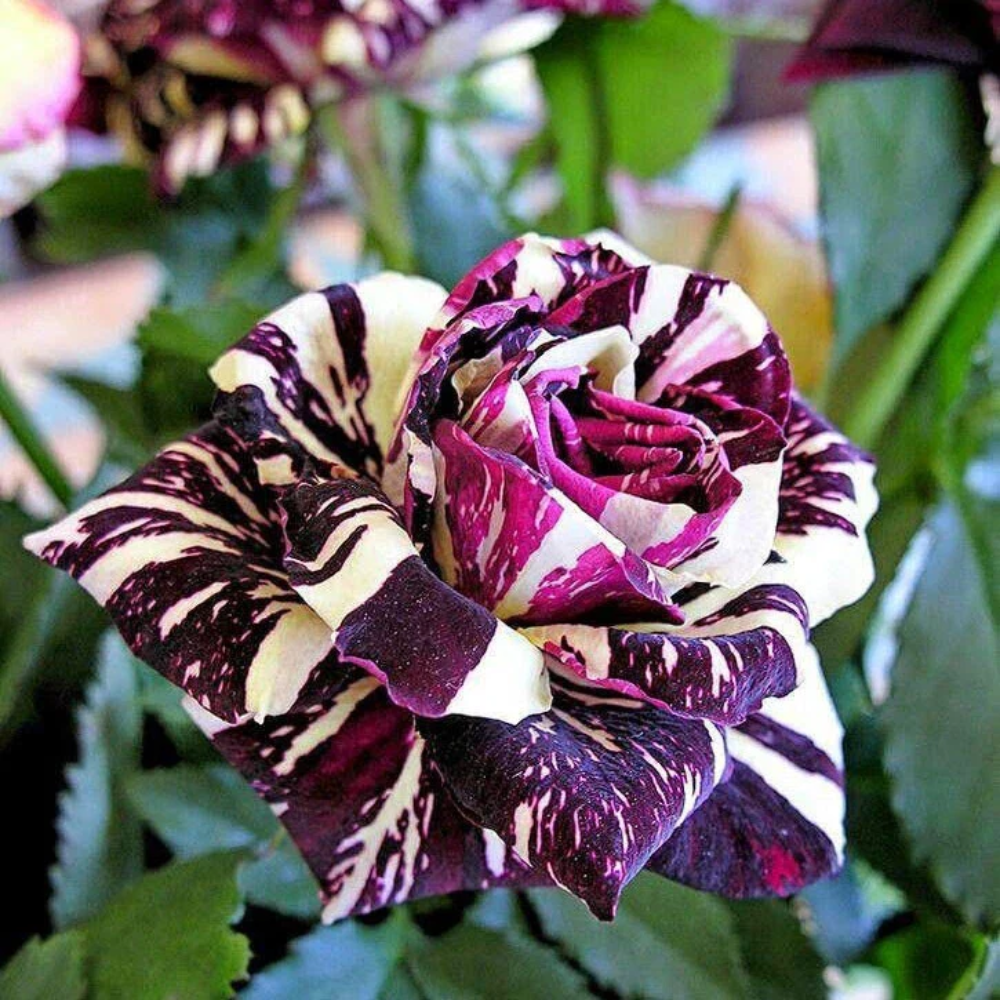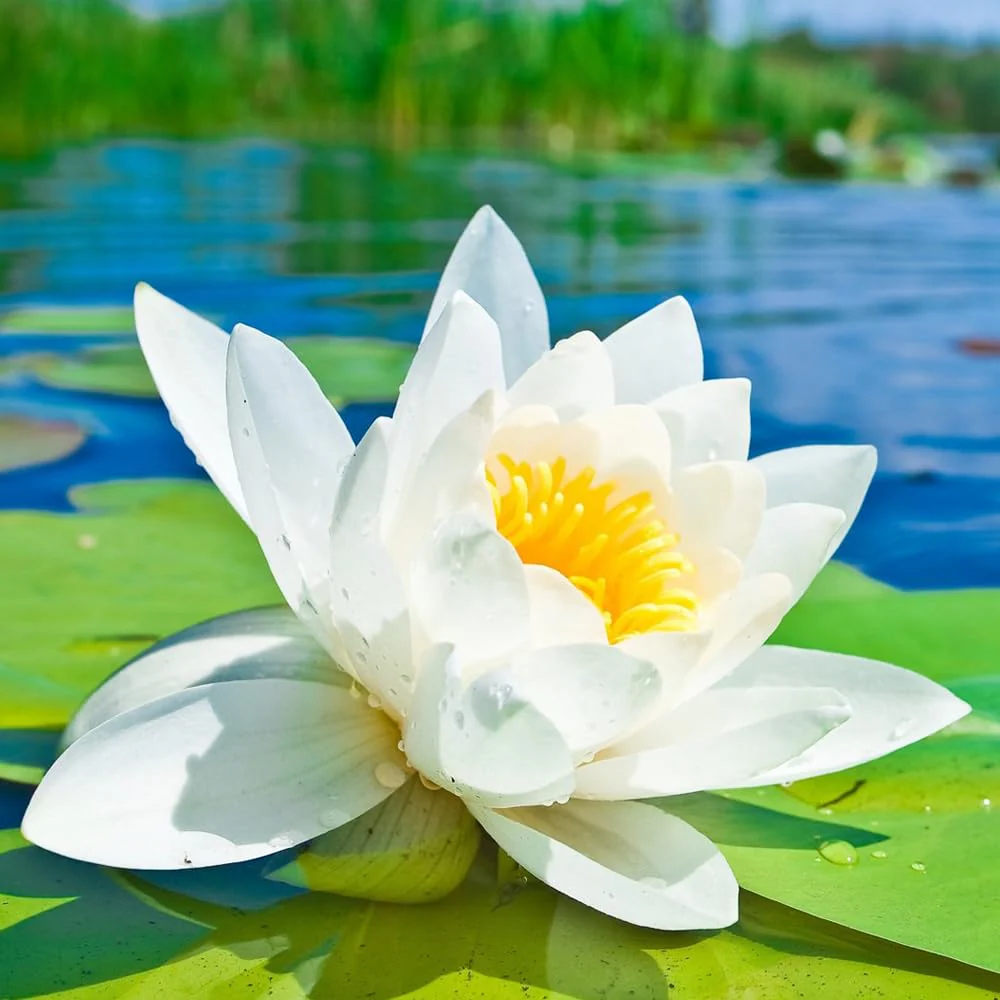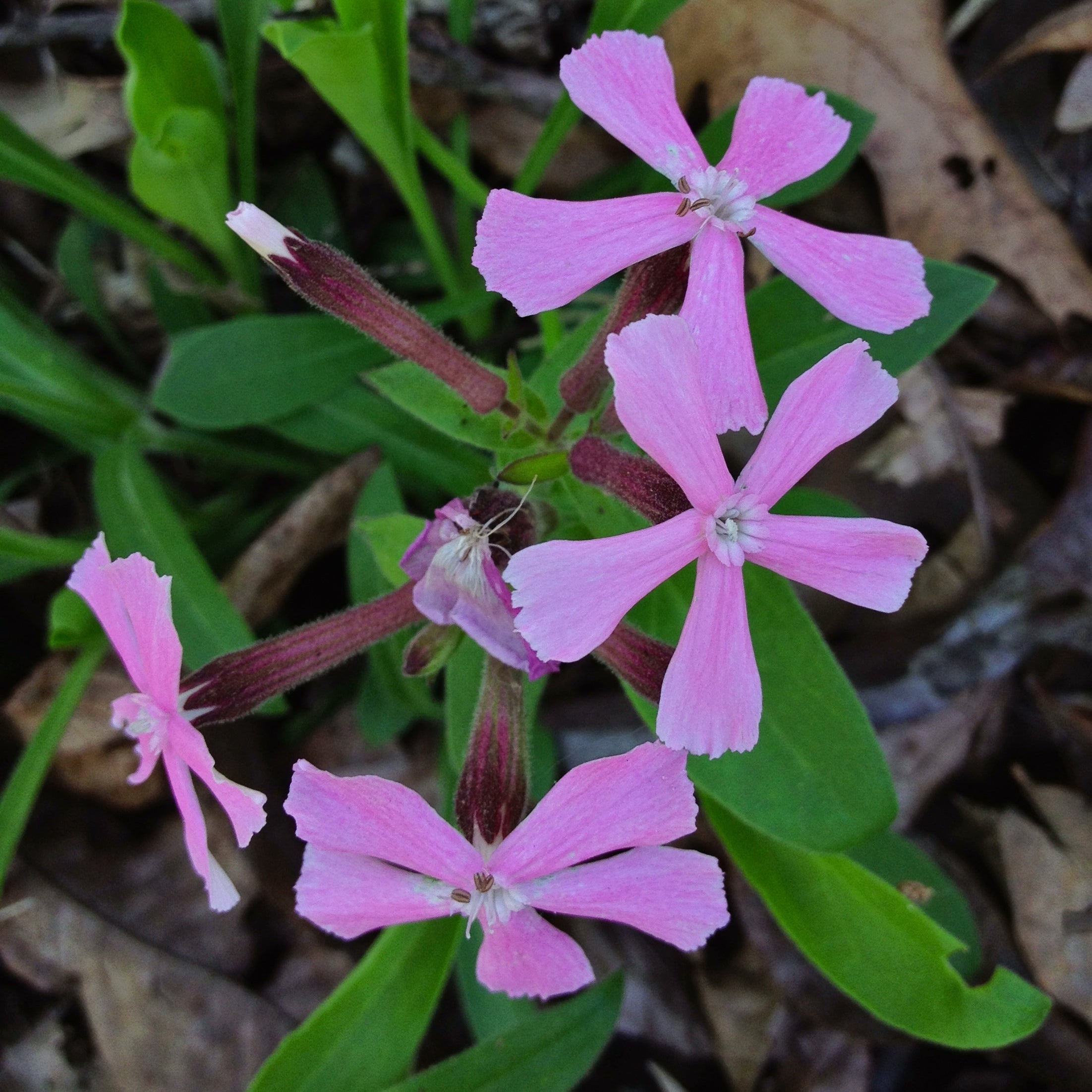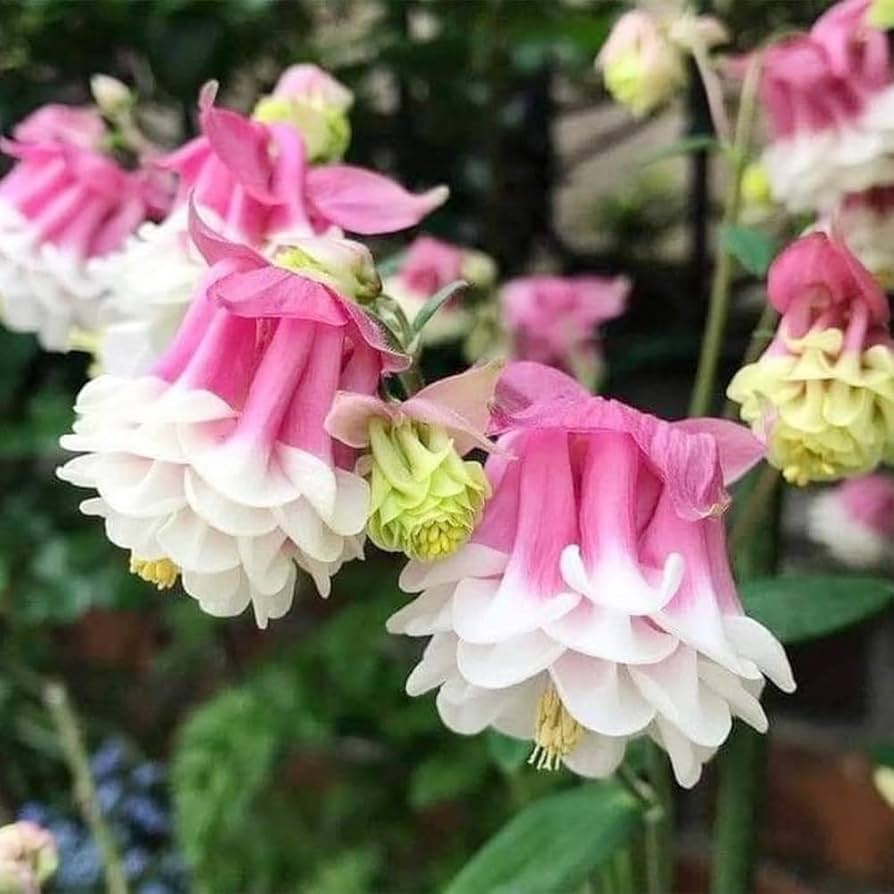次のシーズンのために使わなかった種を保存する方法
Pure Asia Seeds|
熱心な園芸家であれば、植え付けシーズンの終わりに余った種のパケットや未使用の種があることが多いでしょう。適切な種の保存は、これらの種が次のシーズンまで生存能力を保つために不可欠です。正しい方法を使えば、未使用の種を数ヶ月、あるいは数年にわたって発芽率を損なうことなく保存できます。
このガイドでは、次のシーズンのための種の効果的かつ自然な保存方法について説明します。

適切な種の保存が重要な理由
種は休眠状態の生きた生物です。正しく保存すれば、健康な植物に発芽する能力を保持します。一方、不適切な種の保存条件は、カビ、早期発芽、または完全な生存能力の喪失を引き起こす可能性があります。
野菜、ハーブ、花、または果物を育てるかどうかにかかわらず、余った種を保存することはコスト効果が高く、持続可能です。
種の生存能力に影響を与える要因
種の保存に入る前に、種の寿命を短くする要因を理解することが役立ちます:
-
湿気:わずかな湿度でもカビや腐敗の原因になります。
-
熱:高温は種の寿命を短くし、呼吸率を上げます。
-
光:長時間の日光曝露は早期発芽を引き起こすことがあります。
-
空気:過剰な酸素は時間とともに種の品質を劣化させる可能性があります。
目標は、涼しく、暗く、乾燥し、密閉された環境を作ることです。
未使用の種を最大限に新鮮に保つ保存方法
1. 種を乾燥させる(開封または保存した場合)
種を収穫したり、パケットを開封した場合:
-
ペーパータオルやトレイに広げてください
-
数日間、日陰の暖かい場所で自然乾燥させてください
-
保管前に完全に乾燥させることを確認する
湿った種は密閉容器内でも腐敗やカビが発生しやすい。

2. はっきりとラベルを付ける
種の袋には必ず以下をラベル付けする:
これにより次のシーズンの混乱を避け、発芽率の追跡がしやすくなる。
3. 適切な保管容器を選ぶ
種は以下に保管する:
-
紙の封筒
-
種の袋はジップロックバッグに密封する
-
密閉できるガラス瓶や食品用容器
追加の保護として、容器にシリカゲルパケットや乾燥した米一さじを入れて湿気を吸収させる。
4. 涼しく暗い場所に保管する
理想的な種の保管条件:
オプション:容器を「Seeds」とラベル付けされた密閉箱に保管し、光や温度変化から守る。
5. 次の植え付け前に種の発芽率をテストする
次のシーズンにまく前に、発芽テストを行ってください:
これにより、庭の計画時に時間とスペースを節約できます。
種はどのくらい持ちますか?
種の寿命は植物の種類と保存条件によって異なります。適切に保存された種の一般的なガイドラインは以下の通りです:
| 種子タイプ |
平均寿命 |
| トマト |
4~6年 |
| トウガラシ |
2~4年 |
| ニンジン |
2~3歳 |
| キュウリ |
5~6年 |
| レタス |
4~5年 |
| 豆類 |
3~5歳 |
| ハーブ(バジルなど) |
2~4年 |
| 花の種 |
1~3年 |
疑わしい場合は、必ず種の発芽率を確認してください。
最終的な考え
次のシーズンのための未使用の種の保存には、高価な道具や冷蔵は必要ありません。基本的な整理と少しの注意で十分です。種を涼しく乾燥させ、ラベルを付けておくことで、より良い発芽、健康な植物、そして毎年の廃棄物の減少を楽しめます。
野菜、花、ハーブ、または果実の種を保存する場合でも、方法は同じです。今すぐいくつかのステップを踏んで、投資、努力、そして園芸への愛情を守りましょう。
各シーズンを力強く持続可能に始めるために、プレミアムオーガニックシードのラインナップをPureAsiaSeeds.comでご覧ください。
<div class="dynamic-checkout__content" id="dynamic-checkout-cart" data-shopify="dynamic-checkout-cart"> <shopify-accelerated-checkout-cart wallet-configs="[{"name":"shop_pay","wallet_params":{"shopId":92404777240,"merchantName":"Pure Asia Seeds","personalized":true}},{"name":"paypal","wallet_params":{"shopId":92404777240,"countryCode":"US","merchantName":"Pure Asia Seeds","phoneRequired":true,"companyRequired":false,"shippingType":"shipping","shopifyPaymentsEnabled":true,"hasManagedSellingPlanState":false,"requiresBillingAgreement":false,"merchantId":"C57UHKQN8TLP6","sdkUrl":"https://www.paypal.com/sdk/js?components=buttons\u0026commit=false\u0026currency=JPY\u0026locale=ja_JP\u0026client-id=AbasDhzlU0HbpiStJiN1KRJ_cNJJ7xYBip7JJoMO0GQpLi8ePNgdbLXkC7_KMeyTg8tnAKW4WKrh9qmf\u0026merchant-id=C57UHKQN8TLP6\u0026intent=authorize"}}]" access-token="9b6ef42a69bfa7a242ac1bbd33129581" buyer-country="JP" buyer-locale="ja" buyer-currency="JPY" shop-id="92404777240" cart-id="ce57df8b298765ae78f6e821a7f4dc3e" enabled-flags="["ae0f5bf6"]" > <div class="wallet-button-wrapper"> <ul class='wallet-cart-grid wallet-cart-grid--skeleton' role="list" data-shopify-buttoncontainer="true"> <li data-testid='grid-cell' class='wallet-cart-button-container'><div class='wallet-cart-button wallet-cart-button__skeleton' role='button' disabled aria-hidden='true'> </div></li><li data-testid='grid-cell' class='wallet-cart-button-container'><div class='wallet-cart-button wallet-cart-button__skeleton' role='button' disabled aria-hidden='true'> </div></li> </ul> </div> </shopify-accelerated-checkout-cart> <small id="shopify-buyer-consent" class="hidden" aria-hidden="true" data-consent-type="subscription"> カートの中の1つ以上のアイテムは、定期購入または後払い購入です。続行することにより、<span id="shopify-subscription-policy-button">キャンセルポリシー</span>に同意し、注文がフルフィルメントされるまで、もしくは許可される場合はキャンセルするまで、このページに記載されている価格、頻度、日付で選択した決済方法に請求することを承認するものとします。 </small> </div>










